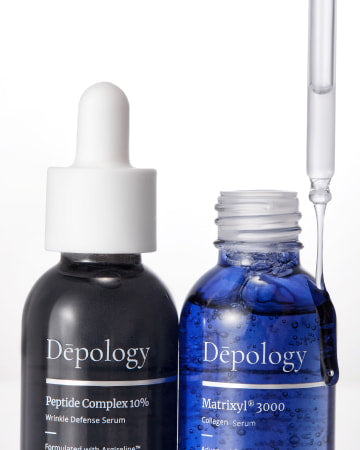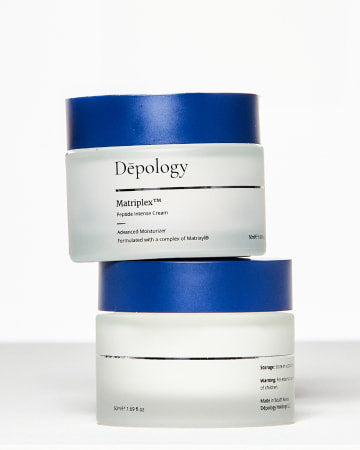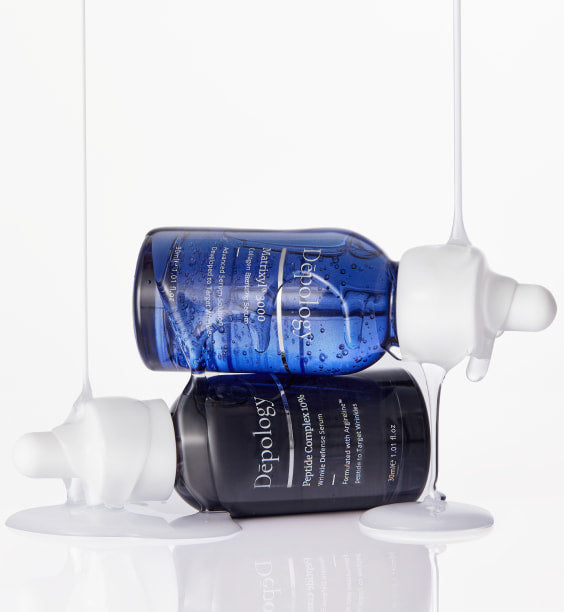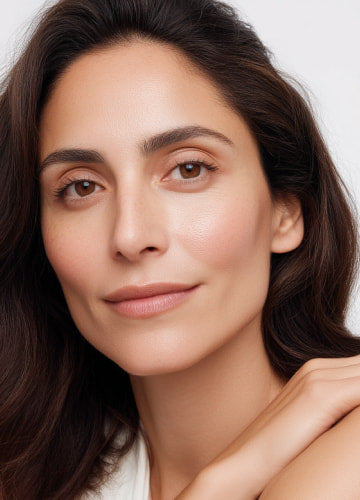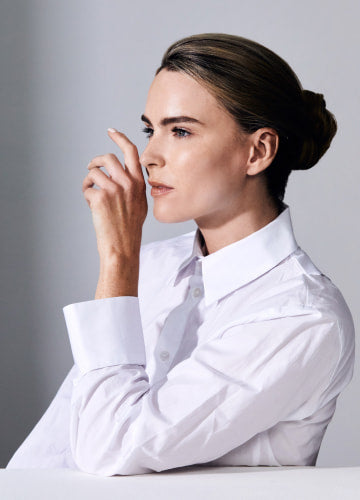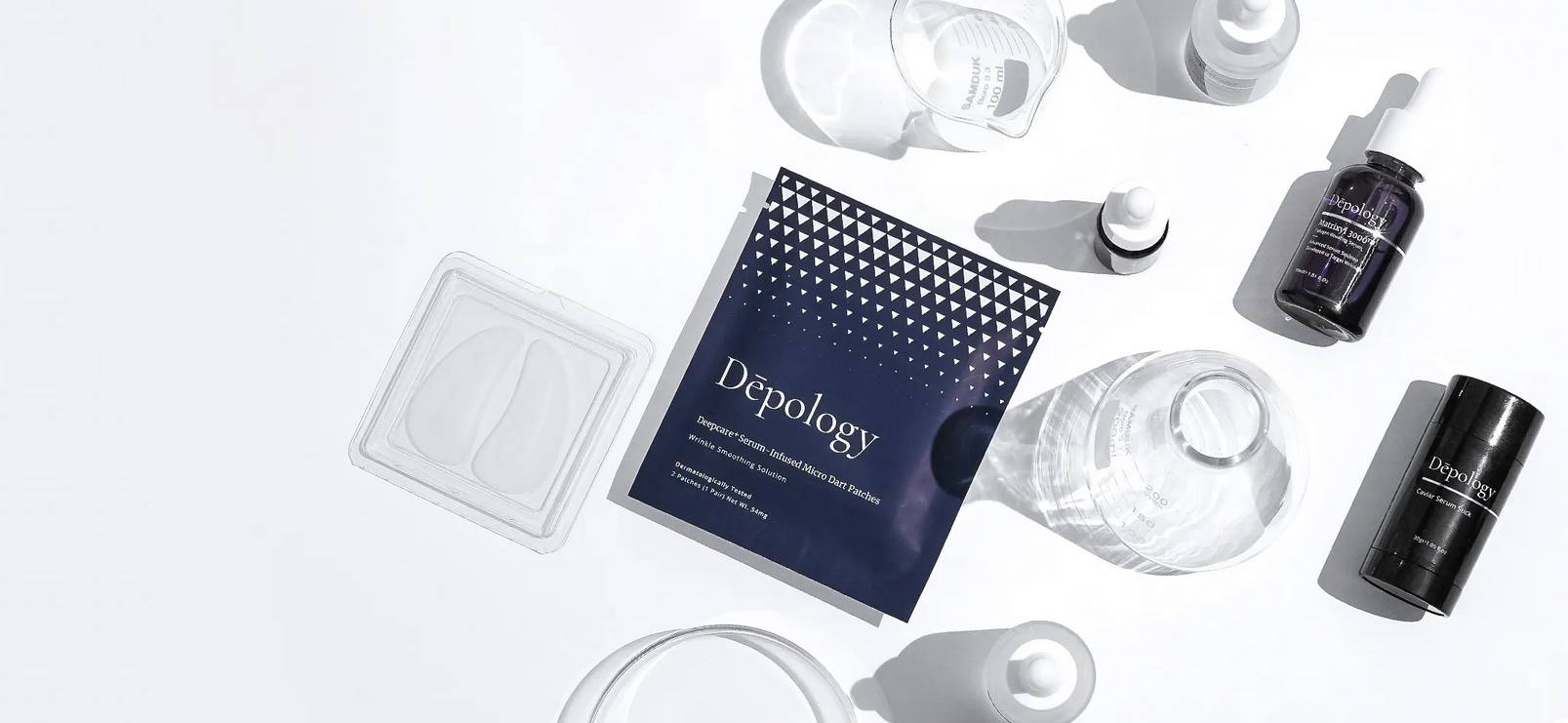
How Often Should You Use A Face Mask?
Intro
The importance of skincare layering should always be on your mind when incorporating face masks into your routine. If you’ve never dived into the face mask trend before, there has never been a better time. The pandemic saw an increase in people starting hobbies and finding ways for themselves to stay active and busy during lockdowns, and this included those who began to embrace regular skincare regimens. If you’re curious to learn more about when and how to apply the various types of face masks available, we have several formula and product recommendations available at your convenience.
What Are Face Masks?
The main goal of face masks in skin care is to create a barrier over the skin, which allows for the active ingredients in the mask’s formula to have more time to fully absorb beneath the surface, reaping more benefits. When applying serums or targeted spot treatments, these need to fully absorb daily and are often not applied properly by the user to be the most effective.
Most face masks are recommended to be left on the face for 15-20 minutes unless it is marketed as an overnight mask. Masks can often replace the need to use serums or spot treatments up to one to two times per week and are often followed with moisturizer. You should avoid the excess use of oils and thoroughly cleanse prior, as improper hygiene or certain products may clog the pores and prevent absorption of the face mask’s formula.
When To Use A Face Mask In Skincare Routines?
The timing and frequency of using a face mask depends on the type of mask and your individual skin needs. Implementing face masks into your skincare routine can help to address specific skin concerns and enhance the overall health of the skin. While most face masks are harmless to the skin, many may only offer stress relief benefits if the ingredients are not potent enough or formulated well together.
Before we dig beneath the surface of the benefits of skin masks and when to apply them in your routine, it’s helpful to be aware of the different types of skin masks:
Charcoal Masks
These masks in particular work deeper on the pores, helping to remove impurities from the skin that may be lingering. Charcoal masks are especially recommended for those with oily or acne-prone skin.
Clay Masks
Clay masks are excellent for oily or congested skin, as they can help absorb excess oil and tighten pores. Use them once a week after cleansing and before applying moisturizer.
Deep Cleansing Masks
These masks are designed to draw out impurities, excess oil, and dirt from the skin's surface and pores. You can use them up to once or twice a week, depending on your skin type. This type of mask is especially helpful for those with oily or acne-prone skin. It's best to apply them after cleansing and before moisturizing.
Exfoliating Masks
Exfoliating masks focus on removing dead skin cells and improving overall skin texture. Use them one to two times a week (unless the product instructions state otherwise) after cleansing and before applying other skincare products. Be cautious not to over-exfoliate, as it can irritate the skin.
Hydrating Masks
Hydrating masks provide an extra boost of moisture to dry or dehydrated skin. You can use them one to three times a week, or as needed, after cleansing and before applying your regular moisturizer.
Sheet Masks
These pre-soaked masks are great for a quick boost of hydration or targeted treatment. You can use them as often as you like, but once or twice a week is generally sufficient to achieve desired results. Apply sheet masks after cleansing, leave them on for the recommended time, and then follow up with your usual skincare routine.
This unique formulation is designed to be used as frequently as desired and is beneficial to apply before excursions or beginning your skincare routine. Infused with essential ingredients such as glycerin, seaweed extract, and tocopherol, these powerhouses work together to tone and firm the chin, jowl, and jawline.
Soothing Masks
Given their name, soothing masks are formulated to calm and soothe irritated or sensitive skin. Use them as needed and instructed after cleansing, but before applying other products.
Sleeping Masks
Sleeping, or overnight masks are applied as the final step in your evening skincare routine, replacing your regular nighttime moisturizer. Use them one to three times a week, depending on your skin's needs.
Pro-Firming Matrixyl® 3000 + Dynalift™ Night Mask
Our powerful dual formula containing both Matrixyl® 3000 and Dynalift™ is specifically designed to actively work while you sleep and skin cells regenerate and repair for the following day’s activities. Whether you want to indulge in a quick 20-minute treatment or overnight mask, the active ingredients restore the skin’s elasticity which gets lost naturally as we age. This increased elasticity allows for enhanced firmness of the skin, promoting smooth and supple appearances.
Warming Masks
These are a great option for those looking to relax after a long day of excursions, as they cause the skin to heat up. This increases blood flow and leaves the skin brighter than before. These types of masks are not recommended for those with sensitive skin, as the warming response may be more intense for these users and can lead to irritation or inflammation.
Do You Use Face Masks Before Or After Showering?
Whether you use a face mask before or after showering is a matter of personal preference and depends on the type of mask applied and your skincare routine. Both approaches have their benefits, so you can choose the one that works best for you. Whichever decision you make will come with a different structure to keep in mind.
The pros before showering include the opening of the pores, which enhances the overall effectiveness of the mask to draw out impurities. Another added benefit is if the mask is messy or difficult to remove, applying it before showering can make the cleanup process more convenient, as you can rinse it off in the shower. Try not to apply your face mask in the bathroom, as the dry environment in the room may produce the same result for the mask’s effectiveness as well.
When applying a face mask after showering, this ensures that your skin is clean and free from any makeup, dirt, or impurities. The steam from the shower can also help open up your pores, making your skin more receptive to the mask's active ingredients.
Regardless of when you apply the face mask, you should always be following these general steps:
- Cleanse: Start with a gentle cleanser to remove any makeup, dirt, or excess oil from your face.
- Exfoliate (if needed): If you plan to use an exfoliating mask, it's best to exfoliate before applying the mask to ensure better penetration of the mask's ingredients.
- Apply the Mask: Follow the specific instructions for the mask you're using. Avoid the sensitive areas around your eyes and lips.
- Relax: Allow the mask to work for the recommended time duration.
- Rinse Off/Remove the Mask: If it's a rinse-off mask, gently wash it off with lukewarm water. If a sheet or hydration mask, apply the remaining serum on your face into the skin for further penetration of the formula.
- Moisturize: After removing the mask, apply your regular moisturizer to lock in hydration.
Ultimately, whether you choose to apply a face mask before or after showering, the most crucial factor is to be consistent with your skincare routine and use masks that suit your skin type, and address your specific concerns.
Should I Wash My Face After a Face Mask?
Whether you should wash your face after using a face mask depends on the type of mask you're using. Here's what you should do after using different types of face masks:
Hydrating Masks and Sleeping Masks
If you're using a hydrating mask or a sleeping mask, they are typically designed to be left on the skin overnight. After the mask has been on for the recommended time, you can gently massage any remaining serum into your skin. No rinsing is necessary, as these masks work to deeply moisturize your skin while you sleep.
Leave-on Masks
Some masks are designed to be left on the skin without rinsing. These masks are typically formulated as gels, creams, or overnight treatments. After applying a leave-on mask, massage it into your skin until it's fully absorbed. Avoid layering too many products on top to allow the mask to work effectively.
Peel-off Masks
Peel-off masks are applied in a thick layer and left to dry before peeling them off. After the mask has dried and you've peeled it off, rinse your face with water to remove any residue. Make sure to be gentle when peeling off the mask to avoid any potential irritation.
Rinse-off Masks (Clay Masks, Exfoliating Masks)
These masks are meant to be applied for a specific period and then rinsed off with water. After the recommended time is up, gently wash your face with lukewarm water to remove the mask completely. Pat your skin dry and follow up with your regular skincare routine, including moisturizer.
Sheet Masks
Sheet masks are usually left on the skin for a specified time (usually around 15-20 minutes). After removing the sheet mask, gently massage any remaining serum into your skin. There's no need to rinse your face after using a sheet mask. Allow the formula to be absorbed fully into your skin before continuing with the rest of your skincare routine.
Always follow the instructions on the product packaging to ensure you're using the face mask correctly. If there are no specific instructions, it's generally a good idea to rinse off masks or gently massage in the excess product for leave-on masks.
What To Apply After Face Masks?
After using a face mask, the next steps in your skincare routine will depend on the type of mask you've used and your individual skin needs. Here's a general guideline for what to apply after different types of face masks:
After removing a rinse-off mask, you should follow up with these products:
- Toner:Apply a toner to balance the skin's pH levels and prepare it for the next set of products.
- Serum: If you use a serum with active ingredients, such as vitamin C and hyaluronic acid, apply it next to target specific skin concerns.
- Eye Cream: If you use an eye cream or eye patches, gently dab the cream around your eye area using your ring finger. Eye patches may be used the same as face masks, moisturizing after, or rubbing in the remaining serum.
- Moisturizer: Apply your regular moisturizer to lock in hydration and keep your skin nourished.
- Sunscreen (Daytime): If you're using a rinse-off mask in your AM routine, finish with sunscreen that’s at least SPF 50 and above to protect your skin from harmful UV rays.
After using sheet masks, you should pat the remaining serum on your skin. Once it’s fully absorbed, you may follow up with similar steps as a rinse-off mask. Leave-on, peel-off, hydrating, and sleeping masks can also benefit from a similar structure, but moisturizing can be optional, mostly depending on the mask’s formulation.
Always consider your skin type and any specific skin concerns you have when choosing the products to use after a face mask. It's also essential to patch-test new products before applying them to your entire face, especially if you have sensitive skin or are trying a new formulation for the first time.
In-Office Facial Masks vs. At-Home?
In-office facial masks and at-home facial masks serve different purposes and have distinct characteristics. When going into an office to receive treatment, the masks are applied by trained estheticians or dermatologists in a controlled and sterile environment. These professionals have expertise in selecting the right mask for your skin type and skin concerns. The masks often contain potent and specialized ingredients that may not be readily available in over-the-counter products. They are designed to provide intense treatments for specific skin issues, such as hyperpigmentation, acne, or premature aging.
Skincare professionals can customize the mask's ingredients and application based on your skin's specific needs, ensuring you get a personalized treatment. Some in-office masks may utilize advanced technologies like LED light therapy or microcurrents to enhance the effectiveness of the treatment.
In-office masks can deliver visible results immediately after the treatment, leaving your skin looking and feeling rejuvenated. However, these procedures tend to be more expensive than at-home masks, and they require scheduling an appointment, making them less accessible for frequent use.
Particularly during the pandemic, at-home facial masks began to offer the convenience of skincare regimens in the comfort of millions of homes. There is a wide variety of at-home facial masks available, catering to different skin types and concerns, such as hydrating, exfoliating, and brightening masks.
At-home facial masks are generally more affordable than in-office treatments. They provide a cost-effective way to indulge in skincare regularly. You can even use at-home masks more frequently, sometimes even multiple times per week, to maintain and improve your skin's condition over time.
Many of the at-home masks on the market can be homemade using natural ingredients found in your kitchen. DIY masks offer a more budget-friendly option and can be a fun hobby to get into if you’re looking to switch up your skincare routine. The flip side of this is that at-home masks come with instructions, therefore you won't have the same level of expertise and customization as you would in an in-office setting.
Conclusion
You should always read the instructions on the product packaging for specific usage recommendations when it comes to face mask application. Additionally, it's essential to patch-test new products before applying them to your entire face, the armpit area being a popular spot since it is hidden. If you have any specific skin concerns or conditions, consult with a dermatologist or skincare professional for personalized advice on when to incorporate face masks into your routine.



